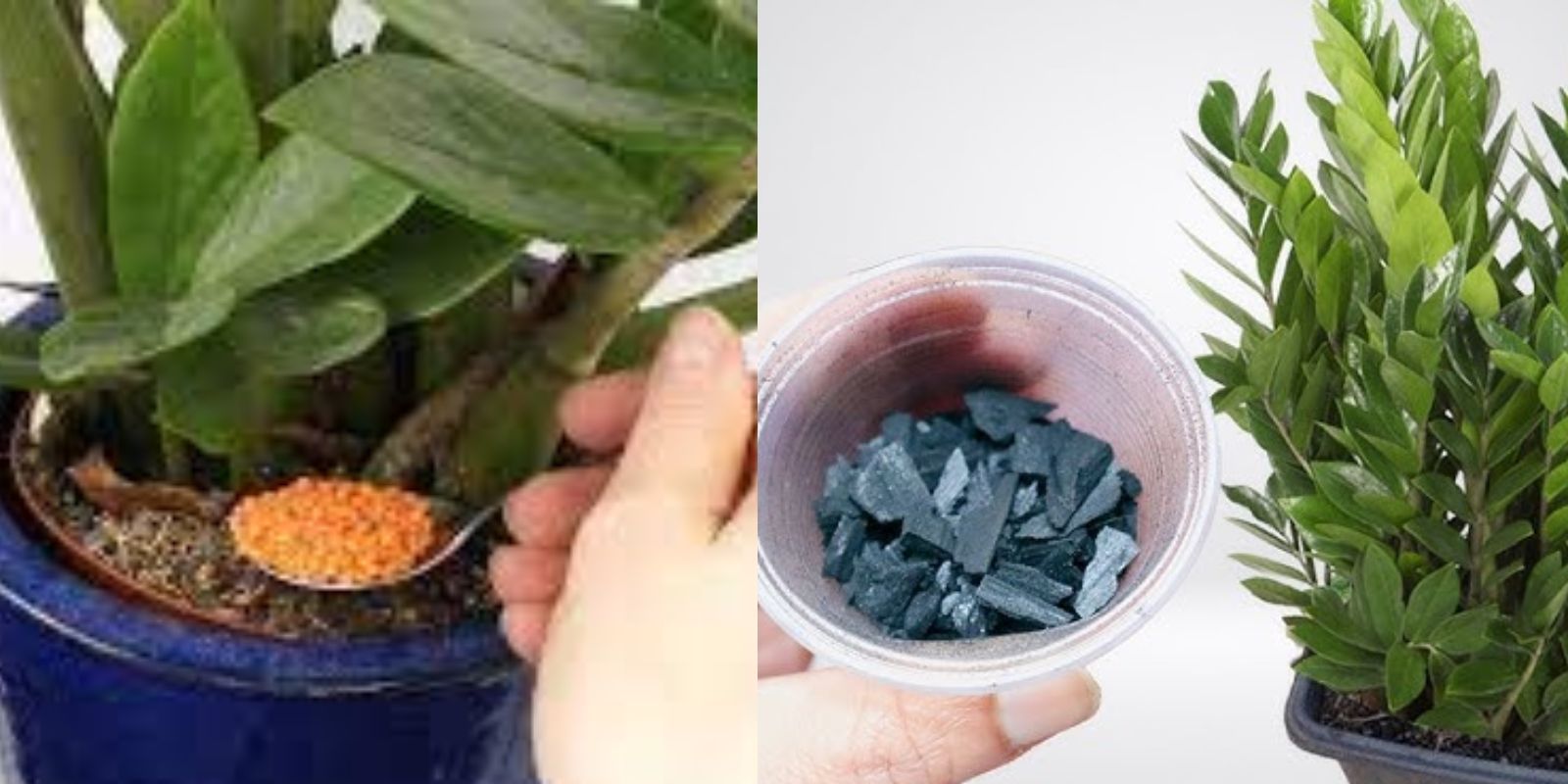In the quest for healthier, faster-growing plants, gardeners often turn to expensive fertilizers and complex solutions. But did you know that a simple, beloved ingredient found in your kitchen can make your plants grow up to five times faster? This natural remedy is not only effective but also eco-friendly and cost-efficient, making it a favorite among home gardeners.
This guide will explore the secret ingredient—banana peels—and how they can transform your gardening experience. From understanding their benefits to learning how to prepare and use them effectively, this article covers it all.
Why Banana Peels?
Banana peels are packed with nutrients that plants need to grow and thrive, including:
- Potassium: Essential for overall plant health, strengthening roots, and promoting flowering.
- Phosphorus: Supports strong root systems and aids in the development of flowers and fruits.
- Calcium: Helps maintain strong plant cell walls and prevents diseases like blossom end rot.
- Magnesium and Sulfur: Key for chlorophyll production and photosynthesis.
- Trace Minerals: Provides micronutrients essential for plant growth.
What makes banana peels even better is their slow release of nutrients, ensuring plants receive a steady supply over time.
The Benefits of Using Banana Peels in Gardening
- Natural Fertilizer: Banana peels decompose, enriching the soil with vital nutrients.
- Eco-Friendly: Utilizing kitchen waste reduces the need for chemical fertilizers and minimizes waste.
- Promotes Healthy Growth: Regular use of banana peels can lead to faster, healthier growth and more vibrant blooms.
- Boosts Microbial Activity: Decomposing banana peels feed beneficial soil microbes, improving soil quality.
How to Use Banana Peels to Grow Plants Faster
Here’s how to unlock the full potential of banana peels for your plants:
1. Banana Peel Water Fertilizer
- What You Need: 2–3 banana peels and 1 liter of water.
- Steps:
- Chop the banana peels into small pieces.
- Blend them with water until smooth.
- Pour the mixture at the base of your plants or use it as a foliar spray.
Why It Works: This liquid fertilizer is packed with nutrients and is quickly absorbed by plants.
2. Banana Peel Tea
- What You Need: A jar, banana peels, and water.
- Steps:
- Place banana peels in a jar and fill it with water.
- Let it sit for 24–48 hours.
- Use the water to hydrate your plants.
Why It Works: The steeping process extracts potassium and phosphorus, creating a gentle nutrient boost.
3. Direct Composting
- What You Need: Banana peels and a spade.
- Steps:
- Cut banana peels into small pieces.
- Bury them near the roots of your plants.
Why It Works: As the banana peels decompose, they enrich the soil with nutrients directly at the root zone.
4. Banana Peel Powder
- What You Need: Dehydrated banana peels and a grinder.
- Steps:
- Dry banana peels in the sun or an oven.
- Grind them into a fine powder.
- Sprinkle the powder around your plants.
Why It Works: This method provides a concentrated dose of nutrients and is easy to store.
5. Companion Plant Mulching
- What You Need: Fresh banana peels.
- Steps:
- Lay banana peels around the base of companion plants.
- Cover with a layer of soil or mulch.
Why It Works: Banana peels act as a slow-release fertilizer, preventing weeds and retaining soil moisture.
Which Plants Benefit the Most from Banana Peels?
Banana peels are particularly effective for plants that require high levels of potassium and phosphorus, such as:
- Fruit Trees: Mango, lemon, orange, and apple trees.
- Flowering Plants: Roses, hibiscus, and geraniums.
- Vegetables: Tomatoes, peppers, cucumbers, and potatoes.
- Herbs: Basil, parsley, and dill.
Tips for Success
- Avoid Overuse: While banana peels are highly beneficial, using too many at once can attract pests or cause imbalances in the soil.
- Combine with Other Fertilizers: Mix banana peel fertilizer with compost or other natural fertilizers for balanced nutrition.
- Chop or Blend: Always cut banana peels into small pieces or blend them to speed up decomposition and nutrient release.
- Test on a Few Plants First: Every garden is unique, so test banana peel fertilizer on a few plants to observe the results before widespread use.
Common Challenges and How to Overcome Them
- Pests: Avoid leaving whole banana peels on the soil surface, as they may attract fruit flies or ants.
- Odor: Properly bury or blend banana peels to prevent unpleasant smells during decomposition.
- Slow Decomposition: Cutting peels into smaller pieces or using them in a liquid form speeds up the process.
The Science Behind Banana Peels in Gardening
Banana peels are organic matter, which means they improve soil structure as they decompose. They feed soil microbes that play a crucial role in breaking down organic material and converting it into nutrients plants can absorb. Additionally, potassium in banana peels helps regulate water and nutrient transport within plants, promoting stronger growth and resilience.
Environmental Impact
Using banana peels in gardening is a sustainable practice that helps reduce kitchen waste and reliance on synthetic fertilizers. By repurposing this common household item, gardeners contribute to a circular economy and a healthier planet.
Conclusion
Banana peels are a powerful, natural solution for anyone looking to enhance their gardening game. This beloved kitchen ingredient is easy to use, cost-effective, and packed with essential nutrients that can help plants grow five times faster.
Whether you’re a seasoned gardener or just starting, incorporating banana peels into your gardening routine is a simple yet transformative step. So, the next time you enjoy a banana, don’t throw away the peel—let it work its magic in your garden!
🌱 Have you tried using banana peels in your garden? Share your experiences or favorite tips in the comments below!

